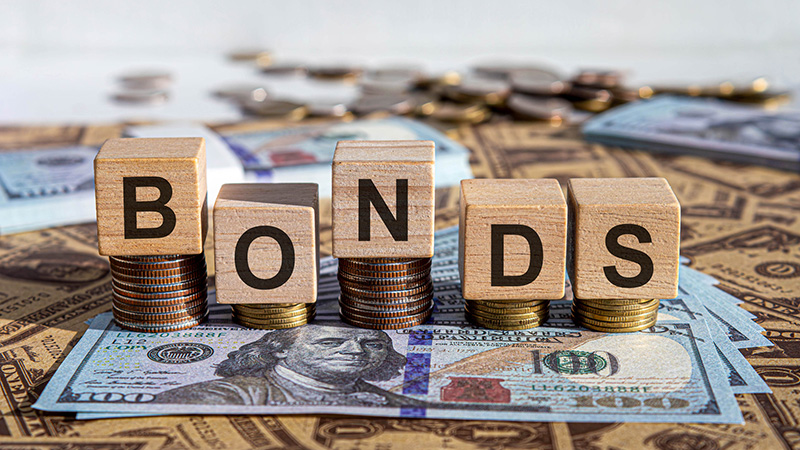The new US administration is generating a whirlwind of headlines, often reversing policies announced just days before.
This leaves investors with pressing questions: will the economy face growing inflation risks, or should we be more concerned about a recession?
Are high tariff barriers here to stay, or are they merely negotiating tactics to open up non-US markets?
Should we focus on US fiscal deficits, or will countries follow the UK’s lead in implementing spending cuts?
As we look to the latter half of the year, there are a few key questions investors need to be asking themselves.
Bond valuations: What do they tell us?
Real, or inflation-adjusted, yields are the best guide to bond valuations. For many years, these yields were negative due to central bank bond-buying programs.
However, the end of these programmes has pushed yields sharply higher, especially in the US and UK.
Today, investors earn about 2% before accounting for inflation. This return is similar to levels last seen in the 2000s and aligns with the average inflation-adjusted return from US bonds over the last 100 years.
This suggests that bond valuations are compelling, and the time to run large underweights on valuation grounds is over.
Inflation risks: Are we underestimating them?
There are two main risks for bond investors: inflation and fiscal policy. The market expects inflation to remain around central bank targets, which seems reasonable for several reasons.
Despite recent rate cuts, monetary policy is still restrictive, slowing down economic growth. Only the ECB has lowered rates to neutral, according to central bank estimates. US interest rates at 4.3% are still above the Fed’s estimated neutral rate of 3%.
Data on vacancies and US quit rates indicate a cooling in excess demand, which has been confirmed by slowing wage growth. Inflation has also fallen, with many components now back at pre-Covid levels.
See also: FundCalibre: The new landscape of corporate bonds
However, US tariffs could shock the inflation outlook. Tariffs act like a VAT hike, raising consumer goods prices and potentially lifting inflation. Higher prices could also reduce disposable income and slow growth.
Yet, as seen with past VAT hikes, tariff-related inflation may represent a one-time shift in price levels rather than persistently higher inflation rates.
Current macro conditions, particularly in the labour market, differ significantly from the end of 2021, when growth drove all types of prices higher.
The vacancies/unemployment ratio has decreased from 1.8x to 1x, and job placement wage growth has slowed from 9% to 3%. A tight labour market is a key driver of second round inflation affects, so easier conditions here are good.
Fiscal risks: What should we be concerned about?
Concerns about the US fiscal deficit are widespread. The rolling-over of the 2017 Tax Cuts and Jobs Act (TCJA) will keep tax rates unchanged, and does not represent additional fiscal stimulus.
After adjusting for the TCJA, the fiscal stimulus is relatively small, less than 0.5% of GDP, and may offset the drag from tariffs.
While this, along with tariff uncertainty, might keep the Fed on hold, it doesn’t seem large enough to spark fears of economic reacceleration.
However, concerns about US fiscal sustainability remain a central topic of discussion and are expected to persist throughout the year. US federal debt is high, approximately 100% of GDP, which is comparable to levels in the UK and France, but significantly lower than Japan’s 250%.
See also: AXA IM: Bonds re-priced amid uncertainty but will be attractive longer term
There is no magic level of sustainable debt-to-GDP, as it depends on the relationship between real growth and real yields. For countries issuing debt in their own currency, debt sustainability is linked to inflation expectations.
Governments can finance themselves using the printing press, which would weaken the currency. While the US dollar has weakened, it remains expensive. US long-term inflation expectations align with the Fed’s 2% target, and long-dated yields are lower than in countries like Australia, which has a 50% government debt ratio.
Although we will continue to hear lots of noise in the next half of 2025, investors should not be complacent. Against this backdrop, bond valuations are compelling, and it seems more attractive to hedge current risks by selling the US dollar.
Myles Bradshaw is head of global aggregate bond strategies at J.P. Morgan Asset Management
This story was written by our sister title, Portfolio Adviser








